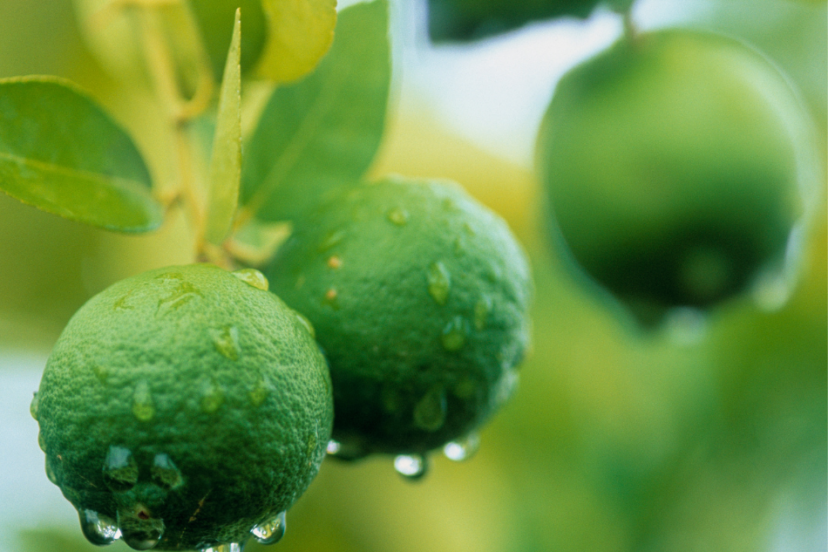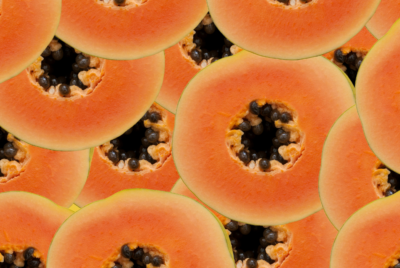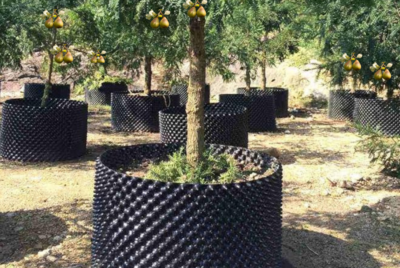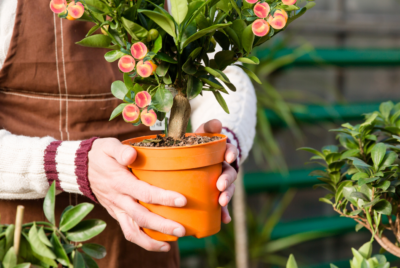Growing Lime trees in Pots With These Proven Methods
Many aspiring gardeners dream of cultivating their own juicy limes, but the process can seem daunting. Fear not, as we have gathered proven methods to help you have success growing lime trees in pots right at home. With the right care and patience, you can enjoy a fresh supply of zesty limes without ever having to step foot in a grocery store. Discover the imperative steps and tips to create a thriving lime oasis in your very own backyard. Let’s look into the world of growing limes and unleash your inner green thumb!

Key Takeaways: Growing Lime Trees in Pots
- Choose the right container: Select a large container with good drainage to grow limes successfully in a tub.
- Select the right lime variety: Opt for dwarf lime trees such as Bearss or Mexican lime for growing in a tub.
- Use quality potting mix: Ensure you use well-draining potting mix with added perlite or sand for proper moisture retention.
- Provide adequate sunlight: Place the lime tree tub in a sunny location or use grow lights to ensure optimal growth and fruit production.
- Regular watering and feeding: Water the lime tree regularly, ensuring the soil is moist but not waterlogged. Fertilize with a balanced citrus fertilizer to promote healthy growth.
Choosing the Right Tub and Location
Sizing and Material Considerations for Lime Tubs
The first step in successfully growing limes in a tub is choosing the right size and material for your container. With proper planning, you can ensure your lime tree has enough room to spread its roots and grow healthily. Opt for a tub that is at least 20 inches in diameter and 18 inches deep to accommodate the tree’s growth. Additionally, consider using a container made of durable materials such as plastic or ceramic to provide insulation and prevent moisture loss.
Optimal Placement for Lime Tree Growth
Tubs The location of your lime tree tub is crucial for its growth and fruit production. This citrus tree thrives in full sun, so choose a spot that receives at least 6-8 hours of sunlight per day. Avoid placing the tub in areas with strong winds, as they can damage the delicate branches and hinder fruit development. It is also important to ensure proper drainage in the chosen location to prevent waterlogging, which can lead to root rot.
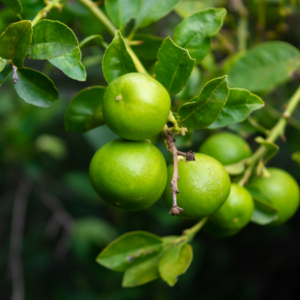
Soil and Nutrient Essentials
Preparing the Perfect Potting Mix
Some gardeners underestimate the importance of a well-balanced potting mix when growing limes in containers. To ensure your lime tree thrives, it is important to prepare a perfect potting mix. Begin with a quality potting soil that is well-draining and lightweight. Mix in perlite or sand to improve drainage, as limes prefer slightly acidic soil. Additionally, adding compost or well-rotted manure will provide the necessary nutrients for the plant to grow vigorously.
Fertilization Techniques for Healthy Limes
To promote healthy growth and abundant fruit production, fertilization is key for lime trees grown in containers. One effective technique is to use a balanced slow-release fertilizer that provides important nutrients over an extended period. Look for a fertilizer specifically formulated for citrus trees and follow the instructions for application carefully. Over-fertilization can lead to salt build-up in the soil, causing damage to the roots.
When fertilizing your lime tree, it is crucial to keep in mind that citrus trees are heavy feeders and require regular feeding during the growing season. A deficiency in nutrients can result in stunted growth and poor fruit development. Monitor the health of your lime tree closely and adjust your fertilization routine as needed to maintain optimal growth.
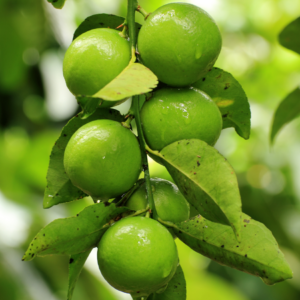
Planting and Maintenance
Step-by-Step Guide to Planting Lime Trees
| Step | Instructions |
| 1 | Choose a suitable container with good drainage holes. |
| 2 | Fill the container with well-draining soil mixed with compost. |
| 3 | Plant the lime tree in the container at the same depth as it was in the nursery pot. |
| 4 | Water the tree thoroughly after planting and place it in a sunny spot. |
Watering, Pruning, and Pest Control Strategies
Planting: Adequate watering is crucial in the early stages of growth, ensuring the soil is consistently moist but not waterlogged. Pruning should be done to remove dead or diseased branches, maintaining the tree’s shape and promoting air circulation. Implement preventive pest control measures such as regular inspections, organic sprays, and introducing beneficial insects to combat common pests like aphids and scale insects.
After planting the lime tree in a suitable container, regular watering, pruning, and pest control are necessary for its growth and health. Monitor the moisture levels in the soil and adjust watering frequency accordingly, prune branches strategically to stimulate growth and improve fruit production, and be vigilant in detecting any signs of pest infestations to address them promptly. Following these tried-and-true strategies will ensure your lime tree thrives and provides you with an abundant harvest of delicious limes.
Troubleshooting Common Problems
Identifying and Addressing Lime Tree Ailments
Despite your best efforts, sometimes lime trees can develop problems that need to be addressed promptly. Common ailments you may encounter include pest infestations, nutrient deficiencies, and diseases like citrus canker or root rot. Troubleshooting these issues early on is crucial to maintaining the health of your lime tree.
Adjustments for Climate and Environmental Challenges
An important aspect of successfully growing lime trees in a tub is making adjustments to address climate and environmental challenges. One of the key factors to consider is ensuring your lime tree receives adequate sunlight, water, and nutrients. Additionally, be mindful of temperature fluctuations and humidity levels that can impact the growth of your lime tree.
Another crucial adjustment is to protect your lime tree from extreme weather conditions such as frost or heatwaves. Consider moving your tub to a sheltered area or using protective covers during adverse weather to prevent damage to your lime tree.
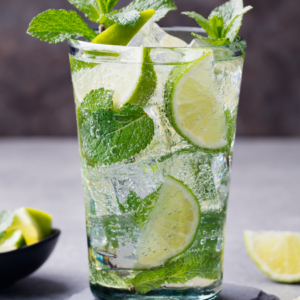
Harvesting Your Limes
Signs of Ripeness and Harvest Techniques
For successful harvesting of your limes, it’s crucial to identify the signs of maturity. Mature limes are firm to the touch and have a glossy skin. They should be a vibrant green color and feel heavy for their size. When harvesting, use sharp pruning shears to cut the fruits from the tree, making sure to leave a short stem attached to the lime. This stem will help preserve the fruit for longer once picked.
Storing and Using Your Home-Grown Limes
Homegrown limes can be stored in a cool, dry place for up to two weeks. To extend their shelf life, you can also store them in the refrigerator for up to a month. When using your limes, wash them thoroughly under running water to remove any dirt or residue. Limes can be used in a variety of dishes, from savory to sweet, providing a burst of tangy flavor to your creations.
This is important to note that limes are sensitive to fluctuating temperatures and humidity. It is critical to store them properly to prevent spoilage. Additionally, using homegrown limes ensures you are getting a fresh and untreated product, free from any harmful chemicals that are often found in store-bought produce.
To wrap up
From above methods, growing limes in a tub can be both rewarding and relatively easy with the right techniques. Whether you choose to grow them indoors or outdoors, following these proven methods will help you cultivate healthy lime trees and enjoy your own fresh limes in no time. For more tips and strategies on how to grow limes indoors, check out How to Grow Lime Indoors – Urban Leaf.
FAQ’s about Growing Lime Trees in Pots
Q: What are the best methods for growing lime trees in pots?
A: The best methods for growing lime trees in a pot include choosing a large container with good drainage, using high-quality potting soil, providing adequate sunlight, watering consistently, and fertilizing regularly.
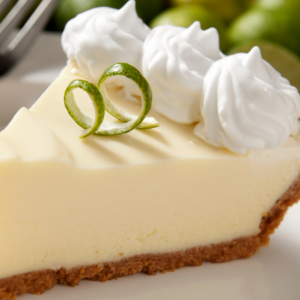
Q: How often should I water my lime tree in a pot?
A: Lime trees in tubs should be watered when the top inch of soil feels dry to the touch. This typically means watering once or twice a week, but it may vary depending on factors like temperature and humidity.
Q: What type of sunlight do lime trees need when grown in a tub?
A: Lime trees thrive in full sun, so it’s best to place your tub in a location that receives at least 6-8 hours of sunlight per day. If growing indoors, place the tub near a south-facing window.
Q: How can I protect my lime tree from pests and diseases while it’s in a tub?
A: To protect your lime tree from pests and diseases, regularly inspect the leaves for signs of infestation, prune any affected areas, and avoid overwatering. You can also use organic insecticidal soap or neem oil to treat common pests like aphids or whiteflies.
Q: When is the best time to harvest limes from a tree in a tub?
A: Limes can be harvested when they are still green and firm, typically around 6-9 months after flowering. It’s best to pick them when they reach full size but before they turn yellow, as they can continue to ripen off the tree. Simply twist the fruit gently to harvest without damaging the tree.
Want to Know more about Organic Gardening, Check out these articles:
Sweet potatoes companion plants

